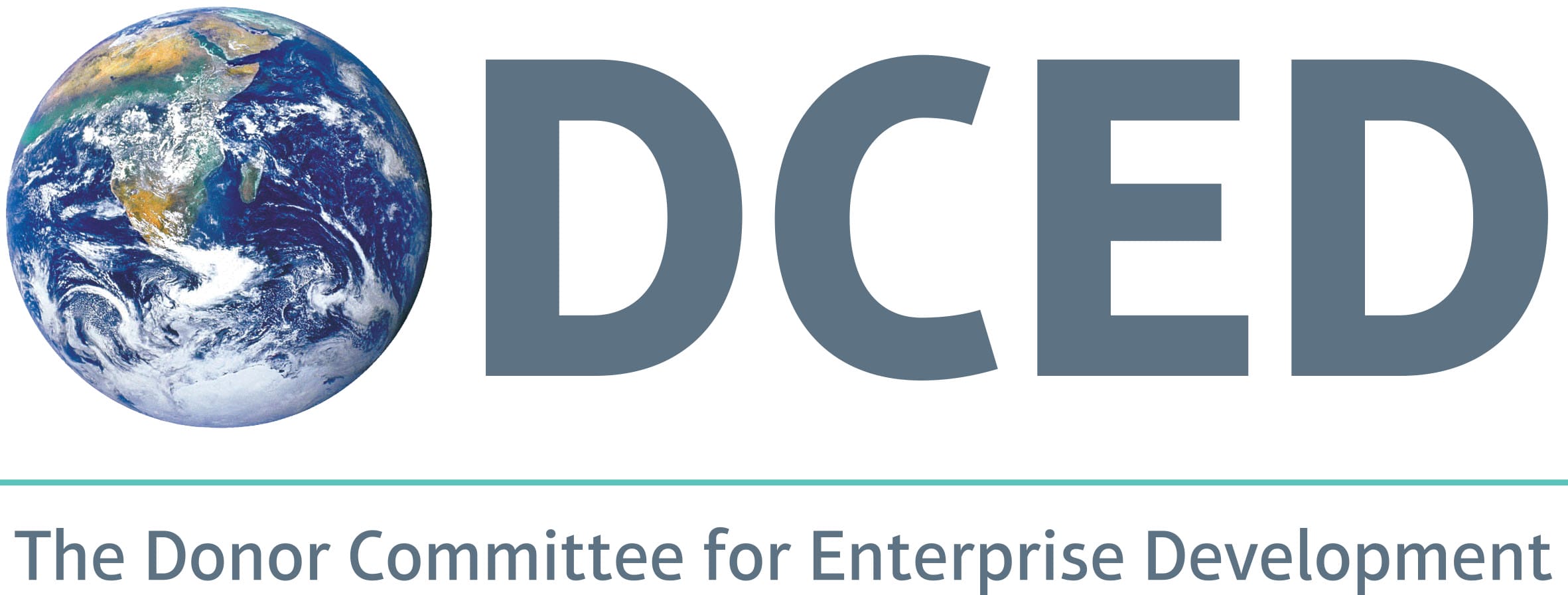In June 2014, the DCED organised a Webinar on Women’s Economic Empowerment: Measuring Household Level Results in Practice. The webinar addressed questions such as: Why measure women’s economic empowerment? and Why are household level indicators important for measuring changes in women’s economic empowerment? in addition to providing practical advice for programmes attempting to measure women’s economic empowerment effectively.
Erin Markel presented guidelines for Measuring Results of Women’s Economic Empowerment in Private Sector Development. You can download the full guidelines here. They draw from the good practices and lessons learned from Making Markets Work for the Chars (M4C) in Bangladesh and the Alliances Lesser Caucasus Programme (ALCP) in Georgia. Programme managers Fouzia Nasreen (M4C) and Helen Bradbury (ALCP) shared their experiences and perspectives on measuring women’s economics empowerment. This was followed by a Q+A session.
 On this page you can find the full recording of the webinar, Powerpoint Presentation, a summary of key insights from Fouzia and Helen and additional useful materials. We are also in the process of answering questions raised by participants during the webinar, the first of which can be seen below.
On this page you can find the full recording of the webinar, Powerpoint Presentation, a summary of key insights from Fouzia and Helen and additional useful materials. We are also in the process of answering questions raised by participants during the webinar, the first of which can be seen below.
You can also send any questions you may have regarding the webinar to Admin@enterprise-development.org.
Webinar resources
Click here to download the powerpoint presentation shared during the webinar
Click here to read a summary of Fouzia Nasreen and Helen Bradbury’s key insights
You can view the full recording here, or by clicking on the video below.
Additional useful materials and links
- DCED: Measuring Results of Women’s Economic Empowerment in Private Sector Development: Guidance for Practitioners (2014)
- DCED: Measuring Results of Women’s Economic Empowerment in Private Sector Development – Overview Document (2014)
- DCED: Measuring Change in Women Entrepreneurs’ Economic Empowerment: A Literature Review (2013).
- Roel Hakemulder and Emily Miller (2012) M4P and Women’s Economic Empowerment. Phase 2: Guidelines for Incorporating WEE into M4P Programmes
Frequently asked questions
What should a programme do in terms of setting up the basis for measurement of gender indicators, apart from having standardised gender indicators?
This answer to this question is based on the fact that WEE is included in every aspect of the programme cycle, beginning with research. The assumptions developed from the detailed market analysis and any additional gender and WEE analysis, in conjunction with the development of gender sensitized or overt results chains which address the constraints specific to women within an intervention, will allow for the development of indicators which will capture the specific changes that are expected. A basket of possible indicators are mentioned in Erin’s paper, which summarizes the key ones that may be included in PSD programs.
How can a programme measure women’s income and control when the income is shared in the family and decisions of re-investing it are made in common by the family?
This is where the qualitative surveys, case studies, individual stories, etc. come in handy. Asking questions on “decision-making” and “control over income” with respect to before and after the project intervention to both men and women of the household will give indications of change.
In addition it can be useful here to look at specific areas such as expenditure directly linked to areas which a) are the subject of programme intervention and b) which are known to be the responsibility of women.
Are the same questions asked to the earning male of the household by M4C?
Yes. In M4C selected questions are asked to men in the family as well to get their perception of the changes in the household.
Is it possible to compare results chains for women as entrepreneurs versus wage workers and compare economic empowerment outcomes for women?
M4C deals with both female entrepreneurs and wage workers. The differences in results changes stem from the fact that the goals are typically different in these cases – increasing access to services for entrepreneurs, versus increasing sector productivity and thus creating jobs and higher income for wage workers. It is the achievement of these goals which needs to be measured.
Do – and if so how and when – do those “women” benefitting and/or participating in the project define THEIR understanding of empowerment or impact?
Though notions of empowerment vary tremendously by context, basic understanding of empowerment probably includes receiving respect from household members, being accepted in the community, having the skills/capacity to contribute monetarily to the family, having assets, etc. For instance, M4C has found cases where women newly earning from handicrafts production felt empowered when they were able to pay for their children’s school uniform, fees, etc. and did not have to ask their husband for the money.
Does the power and agency dimension address other individuals around the woman? It seems that this cannot just be internal to the woman and the power to enforce decisions has to be empirical, in contrast to self-confidence etc. Thus far ALCP’s impact assessments have shown that women tend to use their own empowerment in terms of agency over money or in access to decision making, to further the needs of their children in particular and their HH in general where this often includes older generations and also their community. Examples include spending on private tuition or tuition fees for higher education and in communal decision making for an improved water supply.
Were only married woman considered for measuring WEE in ALCP? Does empowerment differ as per a woman’s state in her life cycle, for example in terms of marital status, education and age?
Yes absolutely. ALCP’s Early Impact/Assumptions testing WEE survey took into account women of all age groups and the results were age/marital status disaggregated. The initial assumptions developed through the preliminary programme research which were tested in this survey clearly highlighted the differences between the women of different ages and differing marital status. The programme was able to develop a profile of the main age group the programme was likely to engage with by default – i.e. those women engaged in livestock production and those who were most likely to engage with programme interventions in our case – and also understand the factors which differed for other women and asses how, if necessary, this should be considered in the programming.
In measuring WEE at the household level, did you consider the Sexual and Reproductive Health Rights (SRHR) of women?
Erin purposely decided not to recommend the measurement of SRHR, nor land tenure in the basket of recommended household-level indicators. This is mainly because despite being extremely important to women’s empowerment – most private sector development projects do not directly intervene in SRHR and thus attributing change to the project can be very difficult. It is more helpful to focus on indicators that are more closely aligned with project interventions. That said, if a project directly intervenes to address SRHR or land tenure, projects should include these measures into their results chains and indicators. Moreover, changes to land tenure and SRHR are often longer term changes and these changes are challenging to capture during the lifetime of most projects.
